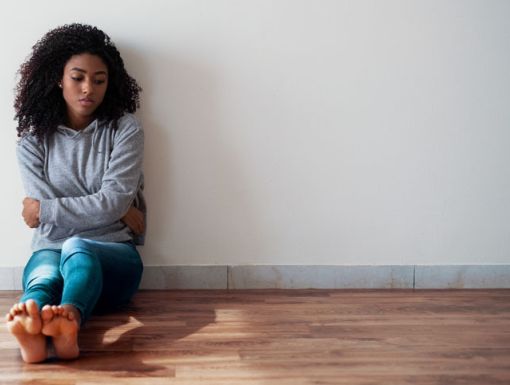
What Are Signs of ADHD in Women?
Most of us have experienced daydreaming. It’s when your attention wanders away from a task or activity and drifts into unrelated thoughts.
It’s common for us to lose focus on occasion, such as when we’re listening to a boring lecture. But when this happens frequently and across multiple situations, it could be a sign of a mental health condition that is typically associated with children and adolescents, affecting an estimated 11% of them, according to the Centers for Disease Control.
Can adults have ADHD?
As its name suggests, attention-deficit/hyperactivity disorder, commonly known by the acronym ADHD, is a condition characterized by attention difficulty, hyperactivity and impulsiveness.
And while ADHD is often thought of as a childhood disorder, some adults may have ADHD but have never been diagnosed.
Moreover, studies indicate the condition is underdiagnosed in women. Gender biases and cultural expectations of girls and women play a big part in the lower rate of diagnoses, according to the Attention Deficit Disorder Association.
ADHD can be a complex disorder that presents unique challenges to women. It’s important for women who may be experiencing ADHD to understand its complexities and to seek help that can improve their quality of life.
What are symptoms of ADHD in women?
Women and girls experience the same general symptoms of ADHD as men and boys, but they may show up differently in women. People with the disorder have three main characteristics, according to Children and Adults with Attention-Deficit/Hyperactivity Disorder. They are:
- Predominantly inattentive
- Predominantly hyperactive-impulsive
- Combined inattentive and hyperactive
In girls and women, inattentiveness is the main symptom. Some experts believe females are less likely to be externally hyperactive and impulsive than men. The belief is that women are more likely to experience internal hyperactivity in the form of overthinking, intrusive thoughts and negative self-talk.
Other female-specific indications of ADHD include depression and anxiety, trouble maintaining relationships and messy personal space, according to Children and Adults with Attention-Deficit/Hyperactivity Disorder.
The co-occurrence of anxiety and depression can sometimes lead to ADHD being overlooked or wrongly diagnosed in women.
In addition, some experts have found that girls and women with ADHD may mask or hide symptoms to conform to gender-based societal expectations. For example, a woman with the disorder might appear to be focused during a presentation or a conversation and nod at times even though she completely zoned out much earlier to think about a totally unrelated topic.
Women also tend to lag behind their male counterparts when it comes to diagnosis and treatment of ADHD. One Swedish study of over 85,000 people with ADHD found that girls are diagnosed and treated for ADHD about four years later than boys. The study
revealed that on average boys get diagnosed by age 19; for girls the average is 23 years old.
What causes ADHD?
Experts don’t fully understand why people develop ADHD. Genetics, differences in brain development and environmental exposure during pregnancy may be factors.
What is clear, however, is that if not properly diagnosed and treated, ADHD can lead to poor academic or work performance, behavioral problems, relationship issues, and more.
How is ADHD diagnosed?
Diagnosing ADHD usually involves a comprehensive evaluation by a qualified healthcare professional, typically a psychologist or psychiatrist. The provider will ask questions about current and past symptoms to help form the diagnosis.
How is ADHD in women treated?
There is no cure for ADHD, but it is treatable. Medications and psychotherapy are the most common forms of treatment.
The most prescribed medications are stimulants, such as Ritalin and Adderall. They increase brain activity in areas related to attention and behavior, helping to improve focus and reduce impulsivity and hyperactivity.
Therapy can help those with ADHD learn how to cope with the effects of the condition. It can also help with anxiety and depression, which are common with ADHD in women.
Understanding the symptoms and challenges women with ADHD face can be the first step in in managing a condition that can significantly impact their level of functioning and overall quality of life.
Learn more about psychiatrist Katherine Goudelocke, MD

